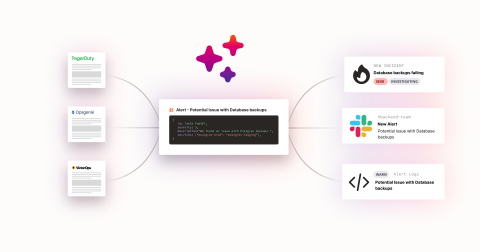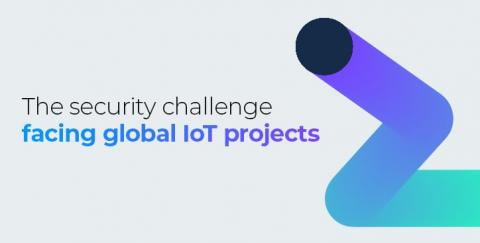How to Conduct Efficient Code Reviews with GitLens
Code reviews are a massively beneficial way to improve code quality, identify vulnerabilities, and establish coding best practices. According to Microsoft researchers, peer code reviews improve code quality by 15–35%. In addition, according to the Journal of Systems and Software, peer code reviews increase accountability by 30–40%.











